Photoelectric sensors are modern, specialized technological devices used to detect objects such as the absence presence, or distance of an object through optical properties.
The main structure consists of two parts: a light emitter and a receiver. When the light from the emitter is interrupted or reflected by an object, the receiver will detect the change in light and convert it into an electrical signal.
This device includes three main classifications opposite (beam), retroreflective, and diffuse sensors. Photoelectric sensors have many outstanding features, so they are widely used in a variety of different manufacturing industries.
What is the structure of a photoelectric sensor?
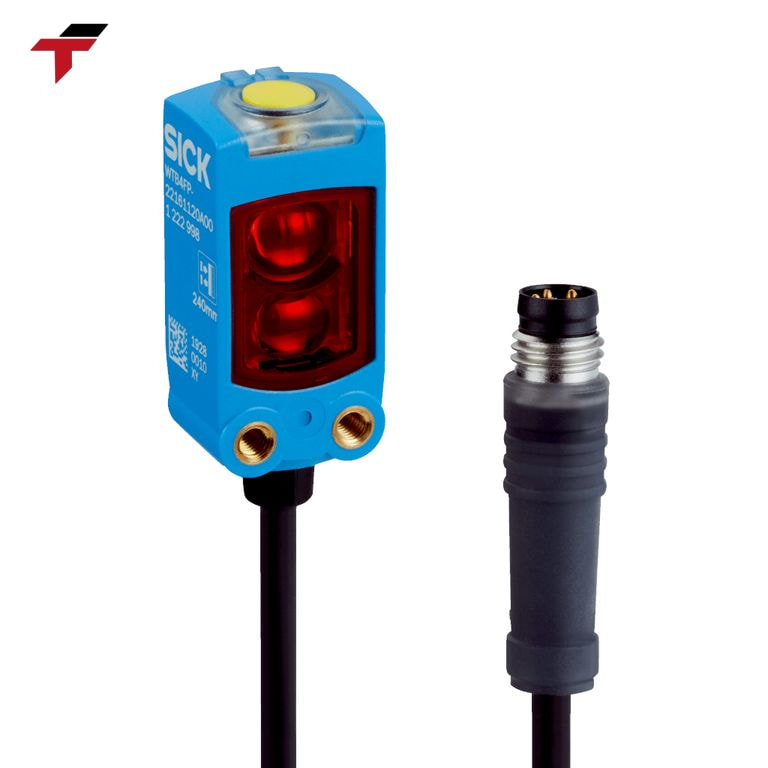
What is the structure of a photoelectric sensor?
Photoelectric sensors include the main components:
- Source LED: Emits strong infrared or visible light.
- Photodetector: Detects light from the emitter, usually a phototransistor.
- Lens: Enhances the ability to focus and detect light.
- Power circuit: Includes modulator and demodulator to generate and process signals.
- Amplifier: Amplifies the signal from the photodetector.
- Output circuit: Converts optical signals into electrical signals for processing.
What is the operating principle of photoelectric sensors?
Photoelectric sensors are devices with a very special operating principle, they can detect objects based on light. The way photoelectric sensors work can be operated through the following steps:
- Emitting light: The emitter (LED or laser diode) emits light in the form of infrared light or visible light.
- Light Detection: The receiver (phototransistor) receives the light emitted or reflected from the object.
- Signal Processing: When the light is interrupted or reflected by the object, the amount of light reaching the receiver changes. The detection circuit analyzes the optical signal and converts it into an electrical signal.
- Output Signal: The sensor sends an electrical signal to the controller or related device, triggering an action based on the change in light.
What are the applications of photoelectric sensors?
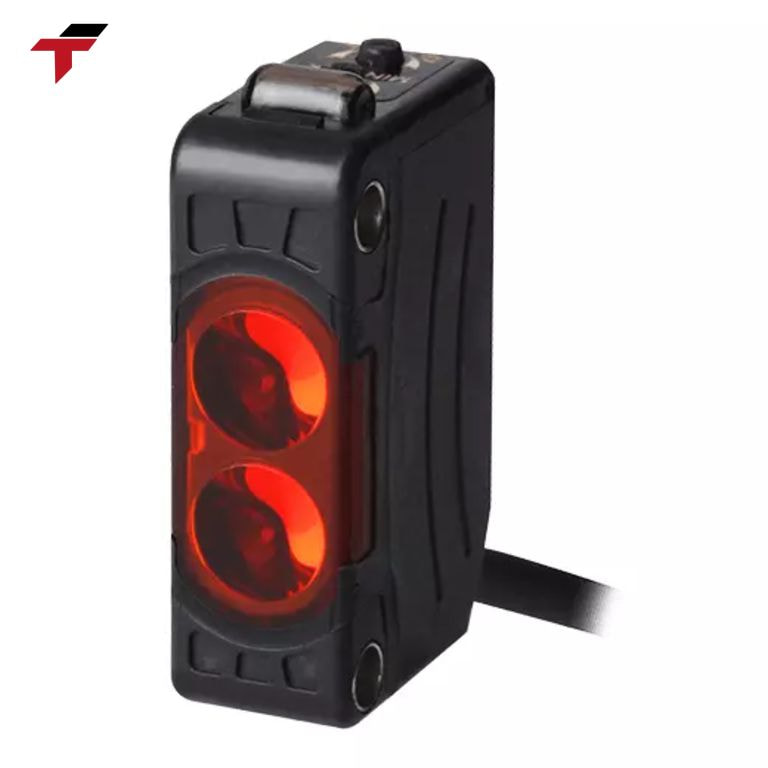
What are the applications of photoelectric sensors?
Photoelectric Sensors are widely used in some industries such as:
- Food and beverage industry: commonly used in packaging and production stages, such as accurately determining the position of bottle caps or product labels.
- Machine engineering industry: photoelectric sensors support checking for errors during the assembly process, providing high reliability and outstanding efficiency.
- Pharmaceutical manufacturing industry: often uses photoelectric sensors to easily detect empty and defective packaging on the production line.
- Door and gate systems: commonly used in most types of ships, buses, elevators… used to automatically open and close doors when people pass by.
What types of photoelectric sensors are there?
Photoelectric sensors are electronic devices that fall into three basic categories: diffuse, retroreflective, and beam.
- Diffuse photoelectric sensors: These are the most common of the three. They work by emitting a beam of light from the sensor to the object and being detected by the sensor’s receiver. They are suitable for installations where the sensor can only be mounted on one side. With their simple design, ease of installation, and reasonable cost, diffuse sensors are suitable for short-range applications such as material handling and packaging that do not require precise alignment.
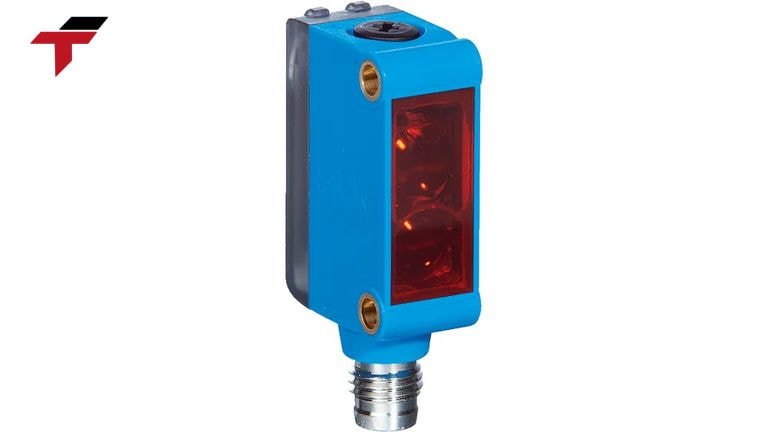
Diffuse photoelectric sensors
- Retroreflective photoelectric sensors: These use a reflector to reflect a beam of light from the emitter to the receiver, both of which are integrated into a single device. They are well suited for applications that require long range and can detect objects of various colors, shapes, or surfaces and are commonly used in conveyor systems, industrial doors, and other places where objects need to be detected as they pass through or “break” a beam of light.
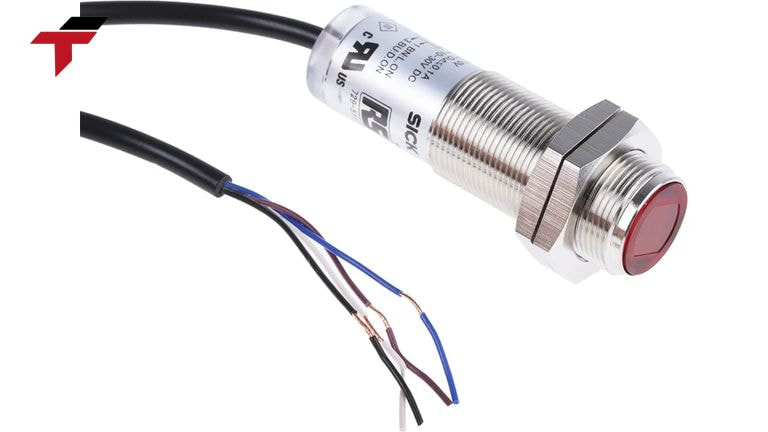
Retroreflective photoelectric sensors
- Beam photoelectric sensors: These are the most reliable and secure type of sensor, the device operates when light is transmitted directly from the emitter to the receiver and the object is detected as it passes through this beam of light. They are ideal for harsh environments such as dust, smoke, fog, and oil, as they are not affected by the object’s surface reflectivity, color, or brightness. Beam sensors are suitable for applications that require high accuracy and long distances such as assembly lines and automated warehouses, but require precise alignment between the emitter and receiver.
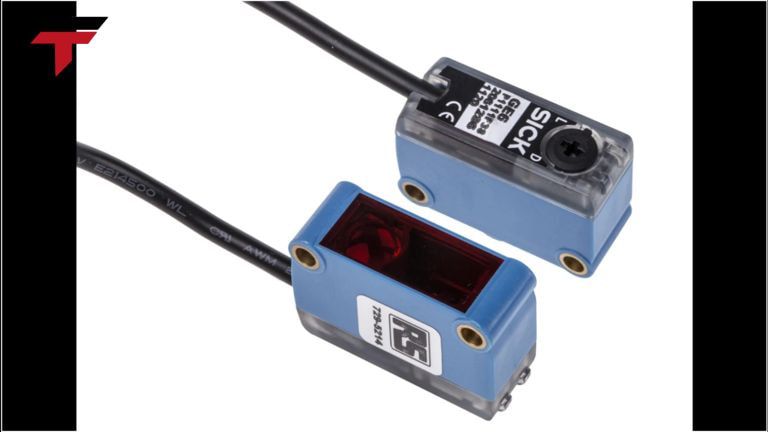
Beam photoelectric sensors
What are the advantages and disadvantages of photoelectric sensors?
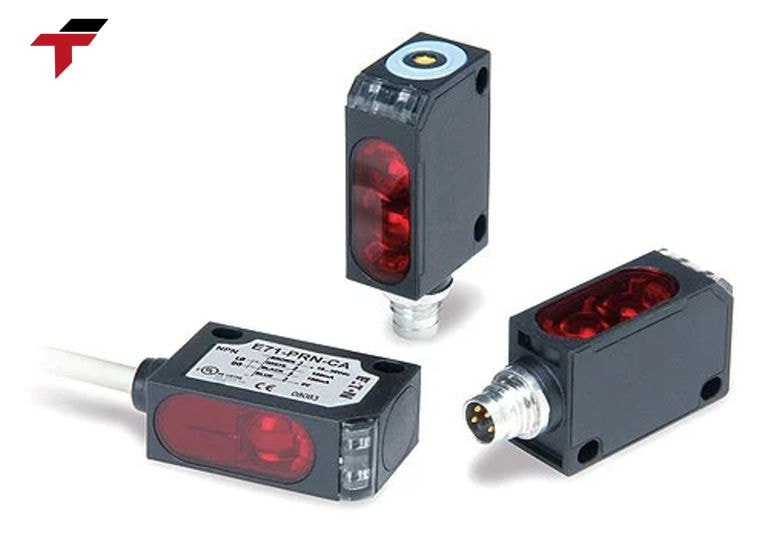
What are the advantages and disadvantages of photoelectric sensors?
Advantages
Photoelectric sensors are one of the optimal solutions for many automation industries thanks to their outstanding advantages such as:
-
- Easy to install and compact size: compact, simple appearance and user-friendly interface.
- Stable performance in a wide range: they easily detect objects from a few centimeters to tens of meters without being affected by any external factors of the object.
- High reliability and long life
- Fast response with high accuracy: switching speed from 30 microseconds to 30 milliseconds, the sensor easily detects objects quickly and accurately.
- Diverse and flexible applications: the device can be applied to many different types of objects such as glass, plastic, wood, or liquid, and is not affected by magnetic fields.
Disadvantages
Some limitations of photoelectric sensors that users need to note are:
- Can be affected by the environment such as dust, dirt can also easily reduce the performance of the sensor.
- Some types will have blind spots that reduce accuracy during operation.
Conclusion
Photoelectric sensors are still an excellent monitoring device. This device can optimally support the control and monitoring process more closely and accurately, easily detect risks, and give immediate warnings if any. This is the monitoring device that any facility should own.
